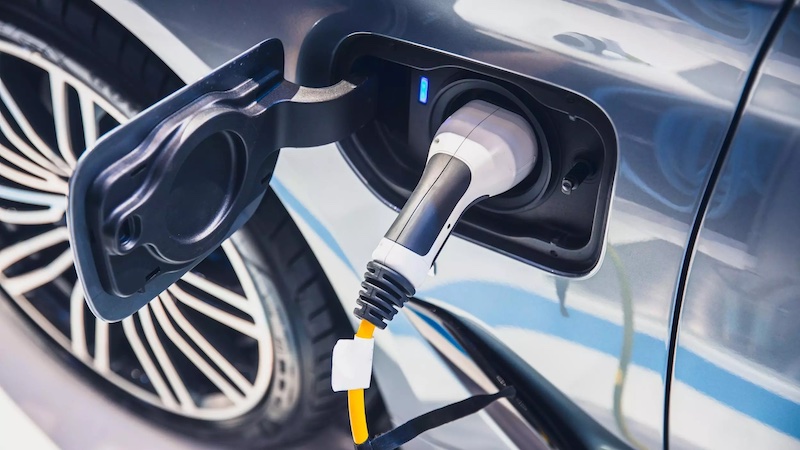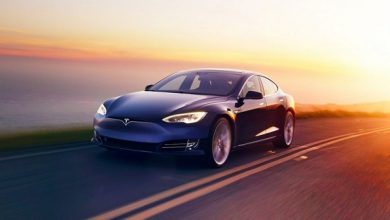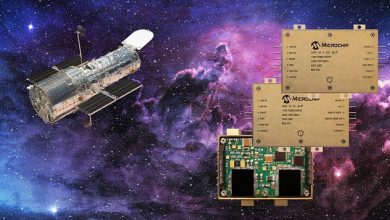New EV Index reveals India’s leading states in electric vehicle adoption and charging infrastructure

Press Release
September 9, 2024 Delhi – HERE Technologies, the leading location data and technology platform, in collaboration with SBD Automotive, a global automotive research firm, today unveiled an Electric Vehicle (EV) Index for India. The Index, coinciding with World EV Day on September 9, ranks a list of selected Indian states and union territories* based on key metrics that influence the adoption and usability of EVs.The top overall Indian states and union territories in the HERE–SBD EV Index (1) Chandigarh; (2) Goa; (3) Delhi; (4) Maharashtra; (5) KarnatakaThe bottom overall Indian states and union territories in the HERE–SBD EV Index (25) Arunachal Pradesh; (26) Assam; (27) Bihar; (28) Jharkhand; (29) SikkimThe EV Index, which measures data from 2023 and 2024 of all EVs including two- and three-wheelers, offers a detailed assessment of the current state of EV infrastructure and adoption across India. The Index is based on the following metrics (each ranked out of a maximum score of 25 for a total score out of 100):
- How far you must drive to find a charger – number of public EV chargers per road length.
- How quickly you can charge – the average power capacity of public EV chargers.
- Number of battery electric vehicles (BEVs) on the road versus internal combustionengine vehicles – BEV fleet share.
- Likelihood of finding an unoccupied charger – the ratio of registered EVs to publicchargers.
Highlights of the HERE–SBD EV Index
The 2024 Index reveals that Chandigarh leads the nation with an impressive score of 81.9. Chandigarh’s success can be attributed to its comprehensive Zero Emission Vehicle (ZEV) Deployment plan, which provides significant incentives for the purchase of EVs and the installation of charging infrastructure. This strategic approach has resulted in Chandigarh
not only securing the top spot overall but also achieving the highest number of chargers per BEV, with 148 chargers serving a relatively small population of 179 BEVs.
In terms of fleet penetration, Rajasthan stands out with the highest percentage of BEVs in its vehicle population, reaching 0.049%. This achievement highlights the state’s commitment to fostering an environment conducive to EV adoption. Uttar Pradesh, on the other hand, boasts the largest BEV fleet in the country, with about 18,300 EVs currently on the road, underscoring the state’s significant role in driving the national transition to electric mobility.
Delhi has made considerable progress in enhancing its EV infrastructure, earning the highest score for charger infrastructure access. With approximately one charger for every 12.5km of road, Delhi ensures that EV drivers have easy access to charging facilities, addressing one of the key barriers to widespread EV adoption – range anxiety, which refers to the fear of running out of battery charge before finding a charging station.
Meanwhile, states like Manipur show high scores for the average power capacity of chargers. However, the presence of only one recorded charger in the state highlights the uneven distribution of infrastructure and the need for further investment to ensure broader accessibility. Among states with a significant number of chargers, Chandigarh once again excels, with an average power capacity of 46 kW across its 148 chargers, making it a model for other regions aiming to improve their charging infrastructure.
“Automakers, energy companies, and governments are all deeply invested in developing the charging infrastructure that’s essential for the future of electric mobility. This herculean effort requires seamless coordination, not just among the industry players, but also with consumers, to ensure that demand for EVs is balanced with supply of both vehicles and charging options,” said Robert Fisher, Electrification and Sustainability Principal at SBD Automotive. “Government incentives and consumer education will continue to play a significant role in accelerating the transition as the market moves beyond early adopters and into the majority.”
Abhijit Sengupta, Senior Director and head of business for India and Southeast Asia said, “The 2024 HERE–SBD EV Index is more than just a ranking; it’s a catalyst for informed decision-making in India’s electric mobility sector. By spotlighting both strengths and areas for improvement across states, this index empowers policymakers, industry leaders, and consumers to make data-driven decisions that will accelerate the adoption of EVs in the country.
“As EV adoption continues to grow in India, innovative solutions will become more important than before to support this transition. HERE is proud and committed to support the ambitions of EV manufacturers to shape the future of electric mobility in India.”
In addition to its debut in India, the 2024 HERE–SBD EV Index also presents second-year findings for the US and Europe, providing valuable insights into the evolving EV landscape across these key regions.
About the Index
The 2024 HERE–SBD EV Index provides a timely snapshot of the evolving landscape of electric vehicle adoption and infrastructure. As governments and industries continue to invest in electrification, the Index serves as a dynamic tool for understanding where progress is being made and where further efforts are needed to ensure a seamless transition to an all-electric future.
The full rankings, interactive visuals and maps for India’s states and union territories, all 50 U.S. states and 30 European countries can be found at: https://www.here.com/ev- index-2024
Nomenclature
Charger/charging point: One device used to concurrently exchange energy between the grid and the EV. Note that only publicly accessible chargers are included in this context. EV: For the purposes of this index, “EV” refers only to Battery Electric Vehicles, i.e. those vehicles that have no internal combustion engine.
Methodology
The Index compares a list selected of states and union territories in India. All EV charging location data for India was pulled from the HERE EV Charge Points API for June 2024, while for US and Europe, from December of 2022, 2023 and June 2024. Government sources include Ministry of Road Transport and Highways and Vahan Dashboard. All light passenger electric vehicles, including 2- ,3-, and 4-wheelers are included in our index.
*The 2024 HERE–SBD EV Index does not include the following states and union territories in India:
States: Meghalaya, Mizoram, Nagaland, and Tripura.
Union territories: Lakshadweep, Ladakh, and Jammu & Kashmir.
HERE EV Charge Points collects data from public charging points. These include free, paid, and access-restricted charging stations (for example, public, yet commercial ones found on retail parking lots). Private charge stations, such as those in residential buildings, are excluded.
Levels of information in HERE EV Charge Points include charging locations, EVSEs (Electric Vehicle Supply Equipment) and connectors. Included in the API response can be addresses, hours of operation, charge station details, payment methods and availability information. Information about voltage, amps, charge modes and connector types are also supported.





